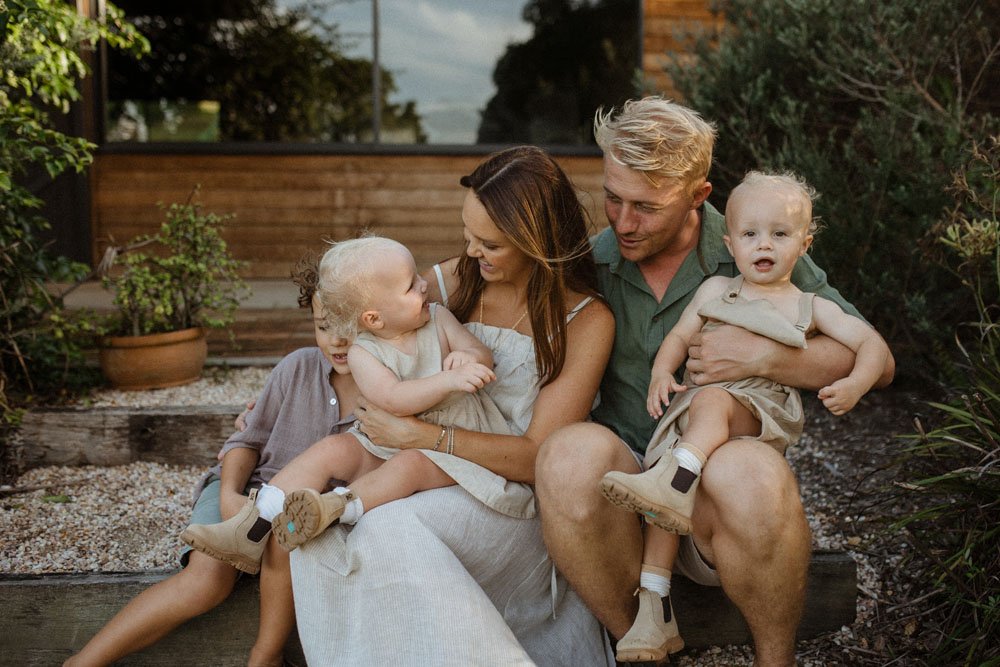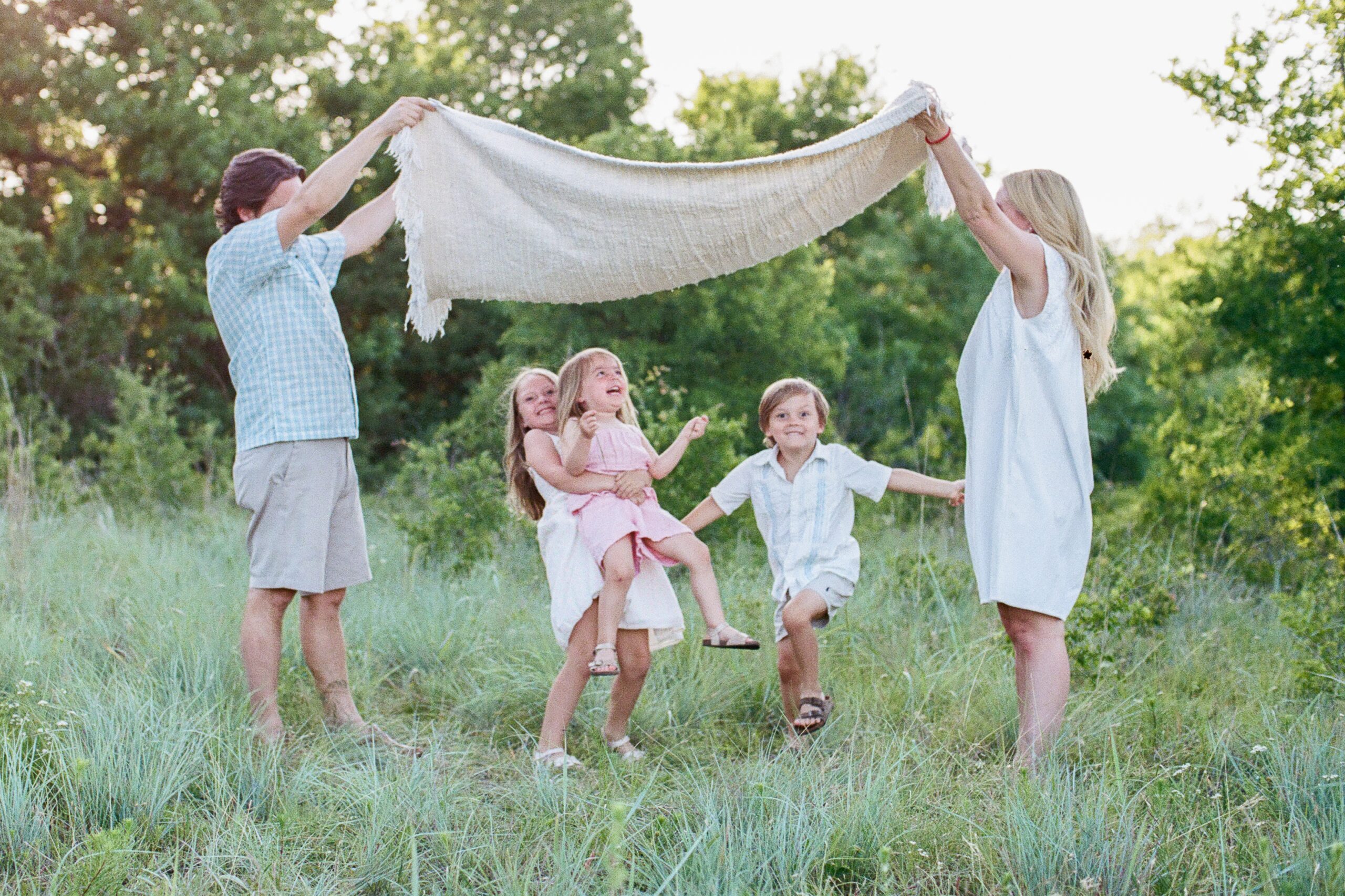Uncategorized
Fashion Tips for Dressing Siblings in Coordinated Looks
Dressing siblings in coordinated outfits is a fun way to showcase their bond while creating adorable, Instagram-worthy moments. Coordinated looks can be stylish, practical, and a fantastic option for family events, holidays, or everyday wear. However, achieving a harmonious look without making it feel forced can be a challenge.
Here are some practical tips to help you dress your children in coordinated yet unique outfits that celebrate their individuality and sibling connection.
1. Choose a Unifying Color Palette
Start with a cohesive color palette to tie the outfits together.
- Pick 2–3 complementary colors that work well across all siblings’ outfits.
- Neutral tones like beige, gray, or navy are versatile, while pastel or bright colors add a playful vibe.
- Use the chosen colors in different ways—one sibling might wear a blue dress, while another has a blue tie or shirt.

2. Opt for Matching Patterns or Prints
Patterns are an easy way to coordinate outfits without making them identical.
- Stripes, florals, polka dots, or plaid patterns can be incorporated across different pieces of clothing.
- For a subtle approach, mix small-scale and large-scale prints within the same pattern family.
- Example: One child wears a floral dress, while the other has a shirt with a matching floral pocket or trim.

3. Go for Complementary Styles
Keep the overall style cohesive, but let each child wear something that reflects their personality.
- Use similar silhouettes, such as matching sundresses or overalls, in different colors or designs.
- If one child prefers a sporty look, pair it with another sibling’s casual outfit for a balanced vibe.
- Ensure the outfits are age-appropriate and comfortable for each sibling.
4. Incorporate Matching Accessories
Accessories are a simple and versatile way to tie sibling outfits together.
- Add matching hats, scarves, or belts for a unified touch.
- Shoes in the same style or color can help create a polished look.
- Choose playful elements like matching bow ties or headbands for special occasions.

5. Use a Theme for Special Occasions
For holidays or family events, a theme can make sibling outfits even more memorable.
- Holiday Themes: Choose festive colors like red and green for Christmas or pastels for Easter.
- Seasonal Themes: Dress them in cozy knitwear for winter or breezy linen for summer outings.
- Character or Story Themes: Coordinate outfits inspired by their favorite books, movies, or hobbies.
6. Mix and Match for Subtle Coordination
You don’t always need identical outfits to achieve a coordinated look.
- Mix and match pieces from the same collection or designer for a cohesive style.
- Pair complementary tops and bottoms in coordinating colors or prints.
- Use denim as a unifying element—jeans or jackets styled differently for each sibling.
7. Let Their Personalities Shine
While coordination is fun, individuality is just as important.
- Involve your children in the decision-making process to ensure they’re excited about what they wear.
- Allow small differences that reflect their preferences, such as one choosing sneakers and the other sandals.
- Use subtle details like embroidered names or initials for a personal touch.
8. Plan for Practicality
When dressing siblings in coordinated outfits, consider comfort and functionality.
- Choose fabrics that suit the weather and activities planned for the day.
- Make sure each outfit allows free movement, especially for younger children.
- For toddlers and babies, opt for easy-to-change outfits in case of spills or diaper changes.
9. Avoid Over-Matching
Too much matching can feel overly staged or unnatural. Strike a balance.
- Instead of identical outfits, create variations with shared elements.
- Example: Siblings could wear different outfits in the same color family or have matching tops but different bottoms.
- Avoid pairing outfits that are overly detailed or busy, which can clash in photos.
10. Coordinate for Photoshoots
Sibling outfits play a crucial role in family photoshoots.
- Choose soft, neutral colors or coordinated pastels for timeless pictures.
- Avoid overly loud patterns that might draw attention away from the siblings’ faces.
- Bring a spare outfit for each child in case of accidents or if you want a quick wardrobe change.
Conclusion
Dressing siblings in coordinated looks doesn’t have to be complicated. By using a unifying color palette, incorporating patterns, and letting their personalities shine, you can create adorable outfits that celebrate their sibling connection. Whether it’s for a casual day out or a special occasion, these tips will help you achieve stylish and harmonious looks with ease.
Most importantly, make the experience fun and collaborative for your kids—after all, happy kids make the best-dressed siblings!


